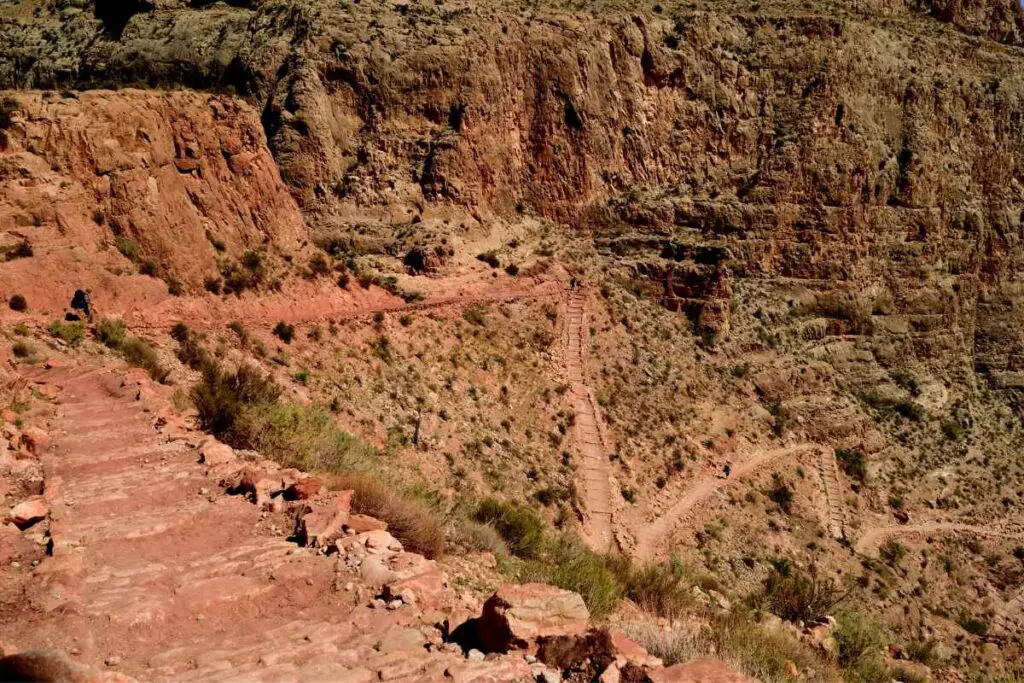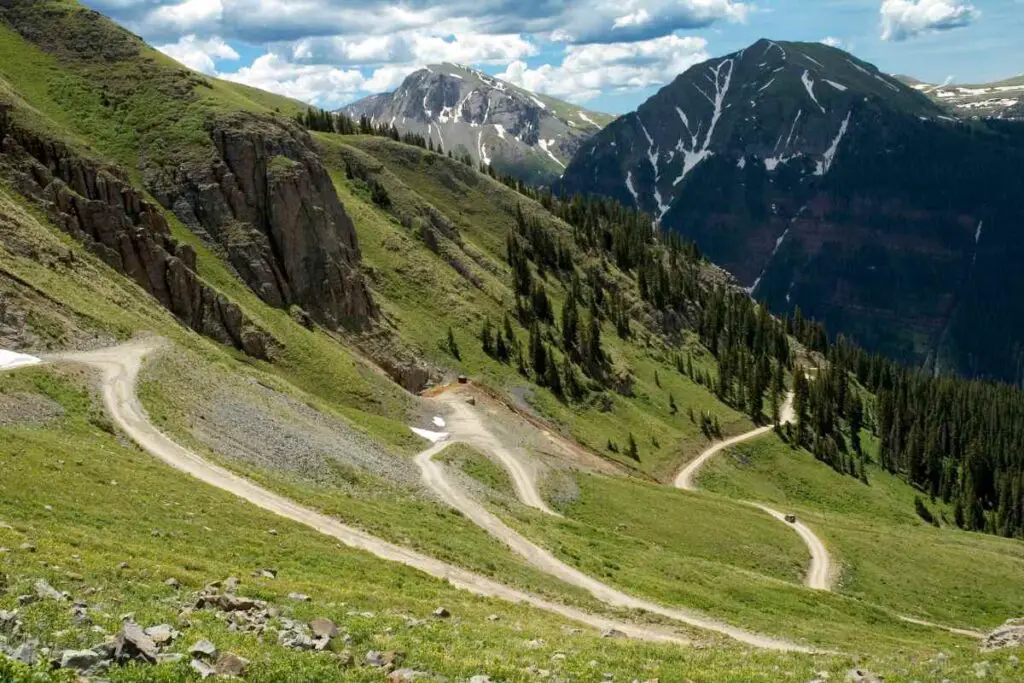Are you ready to hit the trails and explore the great outdoors? If so, you might come across a term called “switchback” while hiking.
Don’t worry if you’re not familiar with the term, because in this article, we’ll explain what switchbacks are, why they’re important, and how to navigate them like a pro.
So, let’s see what “switchback” is all about!
What Is A Switchback In Hiking?
A switchback can be a real lifesaver when it comes to hiking steep terrain.
You know that feeling when you’re trudging up a steep hill and your legs are burning, your lungs are gasping for air, and you’re wondering how much farther you have to go?

Well, switchbacks can help alleviate some of that pain and make the ascent or descent much more manageable. So, what they are is a common feature of hiking trails that traverse steep slopes or mountainsides.
In simple terms, a switchback is a zigzagging trail that ascends or descends a steep incline in a gradual, manageable way. So, instead of going straight up or down a steep hill, a switchback trail takes a more gentle approach by cutting back and forth across the slope.
What Are The Benefits Of Switchbacks?
We love switchbacks, and we think you will too! But let’s a closer look at some of the benefits of hiking on switchback trails to see what makes them so great:
They Come With Less Exertion, More Enjoyment
One of the biggest benefits of switchbacks is that they make hiking up or down a steep slope much more manageable.
Instead of trudging straight up or down the hill, they allow you to take a more gradual approach which means less strain on your legs, lungs, and heart, and more enjoyment of the journey. Not only that but the slower pace gives you more time to appreciate the natural beauty around you!
They Protect The Trail And The Environment
Furthermore, switchbacks are designed to minimize erosion and protect the surrounding ecosystem. In case you weren’t aware of this, when you go straight up or down a steep hill, it can quickly erode the soil and cause other environmental issues.
However, with switchbacks, the trail is designed to reduce erosion and protect the natural environment. Therefore, by sticking to the switchback trail, you’re doing your part to preserve the beauty of the outdoors!
They Offer More Opportunities For Views And Rest
In addition, switchbacks offer a lot of opportunities to stop and take in the view.
As you make your way up or down the slope, you’ll have different perspectives of the surrounding landscape, like stunning vistas in the distance, or a glimpse of some wildlife.

Plus, the switchbacks themselves can be a great place to stop and catch your breath as they allow you to take a quick rest, have a snack, or snap some photos before continuing on your journey.
They Make Your Hike Fun And Engaging
Last but not least, switchbacks can be a fun and engaging way to hike, especially if you’re used to more straightforward trails.
The constant changes in direction and elevation make for an interesting and challenging hike, so you might as well find yourself feeling like you’re on a bit of an adventure, as you wind your way up or down the hillside.
How To Navigate Switchbacks Like A Pro?
Ready to tackle some switchback trails?
Great!
While switchbacks can be a bit disorienting at first, with a few tips and tricks, you’ll be zigzagging your way up or down the slope like a pro.
Here are our top tips that can help you navigate switchbacks like a pro.
Take It Slow
First of all, take it slow! There’s no need to rush up or down the hill. Instead, take your time and enjoy the journey. Watch your footing and pay attention to any signage or markers that indicate the trail.
If you’re hiking with friends, be sure to stay within earshot of each other, so you can communicate if needed.
Use Them To Rest
Second, use the switchbacks to your advantage. When you’re ascending a slope, take advantage of the switchbacks to catch your breath and rest your legs. Instead of trying to power straight up the hill, take a few steps on each switchback, then turn and take a few steps on the next one.

This way, you can rest a bit between each set of steps, which will help you conserve energy.
Come Prepared
Third, be prepared for the constant changes in elevation. Switchbacks mean you’ll be going up and down constantly, so make sure you have the right gear and are in good physical shape. Bring plenty of water, snacks, and sunscreen, and wear appropriate footwear and clothing.
And of course, don’t forget to bring a sense of humor! After all, if you do take a tumble or get a little lost, it’s all part of the adventure.
Ask For Help
Lastly, don’t be afraid to ask for help. If you’re feeling lost or unsure of where to go, don’t hesitate to ask another hiker or a park ranger for assistance; most people are happy to help out a fellow hiker, and you might just make a new friend in the process.
And hey, if all else fails, you can always try doing a little switchback dance to find your way back to the trail (just kidding, please don’t do that).
The Bottom Line
That is all you need to know about switchbacks and how to navigate them like a pro. So, if you’re ever out on a hike and come across some switchbacks, don’t fret! These winding wonders are your friends, offering up some seriously stunning views and an easier trek up and down the slope.
Plus, they help keep the trail in tip-top shape and protect the environment. So remember, when in doubt, take the switchback route and enjoy the journey!





